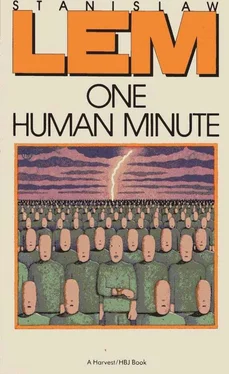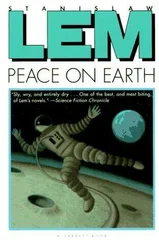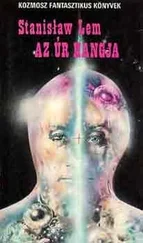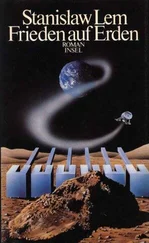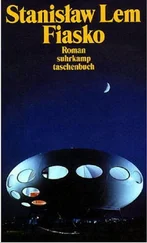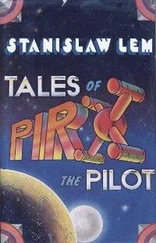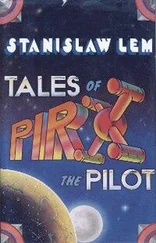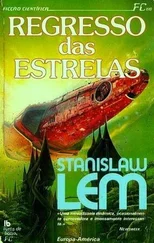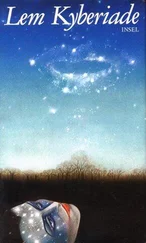If the distribution of civilizations in the universe is not a matter of chance but is determined by astrophysical conditions of which we are ignorant, though they may be observable phenomena, then there will be less chance of contact the stronger the connection is between the location of the civilization and the nature of its stellar environment — that is, the more unlike a random distribution is the distribution of civilizations in space. One cannot, a priori, rule out the possibility that there exist astronomically observable indicators of the presence of civilization… Consequently, the CETI program should also make allowance for the passing nature of our astrophysical knowledge, since new discoveries will influence and alter CETI’s most fundamental assumptions.
And that is exactly what happened — or, rather, what is slowly happening. As from the scattered pieces of a jigsaw puzzle, a new picture is emerging from new discoveries in galactic astronomy, from new models for the genesis of the planets and the stars, from the composition of radioisotopes recently found in meteors of the solar system. The history of the solar system is being reconstructed, and the origin of life on Earth, with an import as exciting as it is contrary to all we have accepted until now.
To put the matter most concisely: the hypotheses that reconstruct the past ten billion years of the Milky Way’s existence tell us that man emerged because the Universe is a place of catastrophe; that Earth, together with life, owes its existence to a peculiar sequence of catastrophes. It was as a result of violent cataclysms that the Sun gave birth to its family of planets. The solar system emerged from a series of catastrophic disturbances, and only after that could life arise, develop, and eventually establish dominion over the Earth. In the next billion-year period, during which man had no chance to emerge because there was no room on the evolutionary tree, another catastrophe opened the way for anthropogenesis by killing hundreds of millions of Earth’s creatures.
Creation through destruction (and consequent release of tensions) occupies the central place in this new picture of the world. Or one could put it thus: Earth arose because the proto-Sun entered a region of destruction; life arose because Earth left that region; man arose because in the next billion years destruction once again descended on Earth.
Stubbornly opposing the indeterminism of quantum mechanics, Einstein said, “God does not play dice with the world.” By this he meant that chance cannot decide atomic phenomena. It turned out, however, that God plays dice not only on the atomic scale but with the galaxies, the stars, the planets, the birth of life, and the emergence of intelligence. We owe our existence as much to catastrophes that occurred at the right place and the right time as to those that did not take place in other epochs and places. We came into the world having passed — during the history of our star, then of the planet, then of biogenesis and evolution — through the eyes of many needles. The nine billion years separating the protosolar cloud of gases from Homo sapiens can therefore be compared to a gigantic slalom in which no gate was missed. We know now that there were many such “gates,” and that any veering from the slalom run would have precluded the rise of man. What we do not know is how “wide” was this track, with its curves and gates — or, in other words, the probability of this “perfect run” whose goal was anthropogenesis.
So the world that the science of the next century will recognize will be a group of random catastrophes, creative as well as destructive. Note that the group is random, whereas each of the catastrophes in it conforms to the laws of physics.
In roulette, losses are the rule for the vast majority of players. Otherwise, every Monte Carlo-type gambling casino would quickly go bankrupt. The player who leaves the gaming table with a profit is the exception to the rule. The one who wins often is a rare exception, and the one who makes a fortune because the ball lands on his number almost every time is an extraordinary exception; his incredible luck is written up in the papers.
A player can take no credit for a run of wins, because there is no betting strategy that will guarantee a win. The roulette wheel is an instrument of chance; that is, its end states cannot be predicted. Since the ball always stops at one of thirty-six numbers, the player has one chance out of thirty-six to win in every game. The player who places his bet on the same number twice has one chance in 1,296 to win twice, because the probabilities of chance events not interdependent (as on the roulette wheel) must be multiplied by one another. The probability of winning three in a row is 1:46,656. The chance is very small, but it is calculable, because the number of end states of every game is the same: thirty-six. If, however, in calculating the player’s chances, we wished to take into account incidental phenomena (earthquakes, bomb attacks, the player’s death from a heart attack, etc.), the task would become impossible. Similarly, when someone picks flowers in a meadow under artillery fire and returns home safe, bouquet in hand, his survival cannot be put into statistical form, either. It cannot be done, although the incalculability — and, therefore, the unpredictability — has nothing to do with the kind of unpredictability that characterizes quantum-atomic phenomena. The fate of the flower picker under fire could be made a statistic only if there were very many flower pickers, and if, in addition, the distribution of the flowers in the meadow were known, and the time of their picking, and the average number of shells per unit of shelled surface.
The determination of this statistic is complicated, moreover, by the fact that the shells that miss the picker destroy flowers, thereby changing their distribution in the meadow. The picker who is killed is dropped from the game of picking flowers under fire, just as the roulette player who was lucky at the start but then lost his shirt is dropped.
An observer watching the group of galaxies for billions of years could treat them like roulette wheels or meadows with flower pickers and discover the statistical laws to which the stars and planets are subject. From that, he would be able to establish how often life appears in the Universe and how often it evolves to the point where intelligent beings arise.
Such an observer could have been a long-lived civilization — or, more precisely, successive generations of its astronomers.
If, however, the meadow with flowers is shelled in a chaotic fashion (which means that the density of shots does not fluctuate around a certain average and therefore is not calculable), or if the roulette wheel is not “honest,” then even such an observer will not be able to determine the statistics of the frequency of intelligence in the Universe.
The impossibility of determining such a statistic is practical rather than theoretical. It does not lie in the nature of matter itself, like the Heisenberg uncertainty principle, but “only” in the incalculable overlapping of different random series, which are independent of one another and take place on varied scales of magnitude: galactic, stellar, planetary, and molecular.
A galaxy treated as a roulette wheel on which life can be “won” is not an “honest” roulette wheel. An honest roulette wheel manifests one and only one probability distribution (1:36 for each play). For roulette wheels that are shaken, that change shape during the game, that keep using different balls, there is no such statistical uniformity. All roulette wheels and all spiral galaxies are certainly similar to one another, but they are not exactly the same. A galaxy can behave like a roulette wheel placed near a stove; when the stove is hot, the heat will distort the disk, which will, in turn, affect the distribution of the winning numbers. A brilliant physicist can measure the influence of temperature on the roulette wheel, but if, in addition, the floor shakes from the trucks outside, his measurement will be off.
Читать дальше
